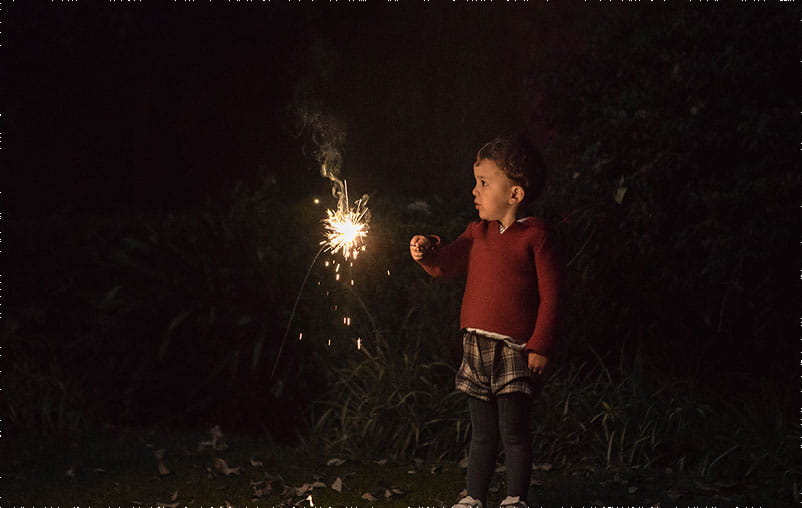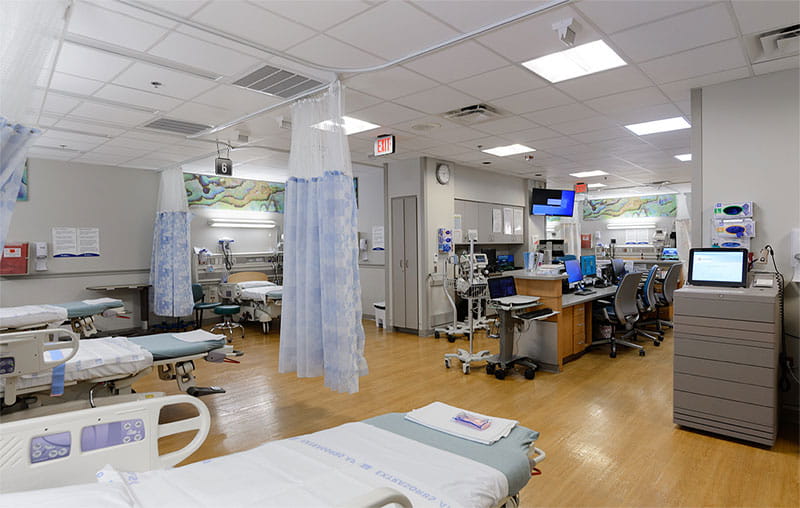University Health’s pediatric burn program treats more than 300 kids a year from throughout South Texas with painful burns.
Hot Foods Are Burn Hazards
The biggest burn hazard for kids in our community? Year after year, it’s hot, sticky microwave noodles and soup.
“Across the age spectrum, we see the majority of burns and scalds from hot soups and noodle bowls. It is important that if your kids enjoy eating noodles, you are letting them cool before serving,” said Mandy Fultz, coordinator of Safe Kids San Antonio, a community partnership led by University Health.
Fultz suggests parents place hot foods and liquids as far back on the counter as possible so small children can’t reach them and pull them down on themselves. “We see spills involving kids and teens who are eating hot foods on a couch, bed or gamer chair,” she added. “Kids should sit at a table to enjoy hot foods.”
Jennifer Northway, director of Adult and Pediatric Injury Prevention at University Health, suggests adults drink hot coffee in containers with lids when around small kids. “Little arms can flail and spill your coffee, resulting in harmful or damaging scald burns,” Northway said.
Top five causes of serious child burns at University Hospital
- Soup or noodles
- Boiling water
- Hot drinks
- Fireworks
- Hot oil or grease
Burn Prevention Tips
The best way to treat a burn is to prevent it from ever happening. Injury Prevention at University Health provides tips on how to keep your kids safe from burns at home:
- When cooking on the stove, use the back burners and turn pot handles away from the edge to keep small children safe. Keep hot foods away from the edge of counters.
- Slowly open microwave containers, as the steam can burn small fingers.
- Don’t hold or carry a child while cooking. Place the child in a highchair within view but out of reach.
- Set your water heater to 120 degrees Fahrenheit or the manufacturer’s recommended setting to prevent accidental scalding. Check the water with your wrist or elbow before giving your child a bath.
- Consider anti-scald devices on water faucets and showerheads.
- Make sure your fireplace is covered by a sturdy screen (glass screens can take a long time to cool). Burn only seasoned hardwood such as oak, ash or maple. With small children, use a safety gate around your fireplace or wood stove.
- Keep matches, gasoline and lighters in a safe place out of children’s reach. Avoid novelty lighters that look like toys. Teach kids not to play with matches, lighters or fireworks.
- Unplug and safely store irons, flatirons and other appliances that might be hot to the touch.
Pediatric Burn Care at University Health
Learn more about our pediatric burn program at University Children's Health.





